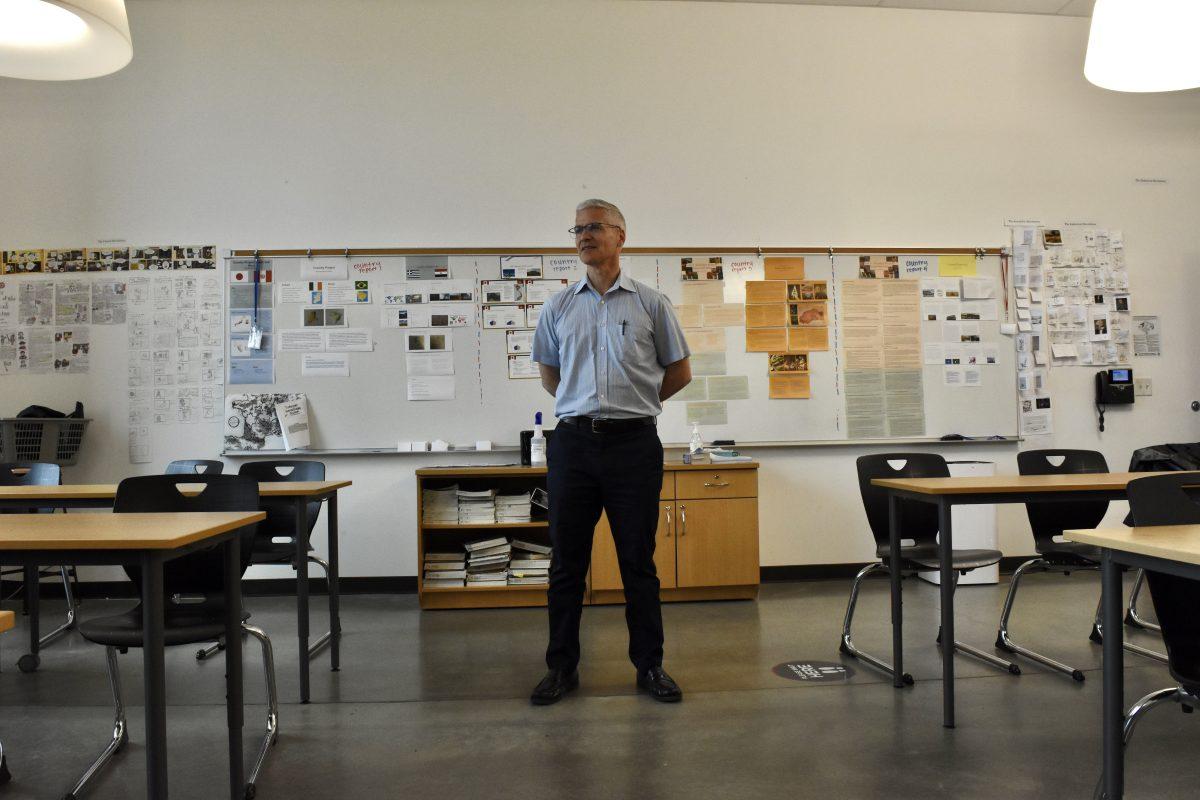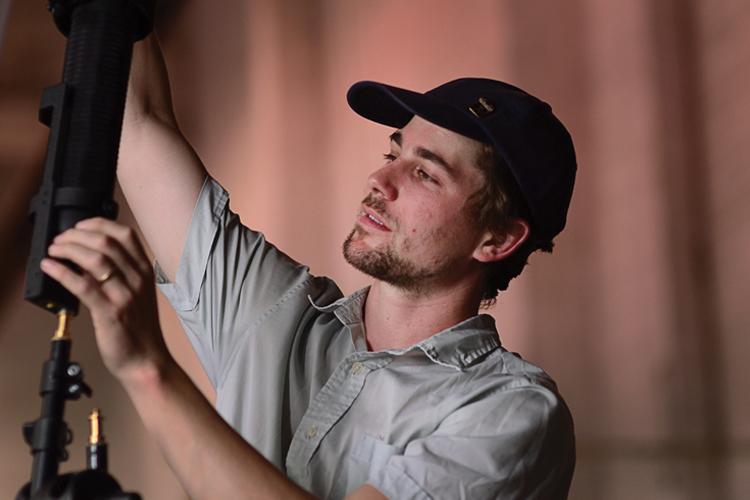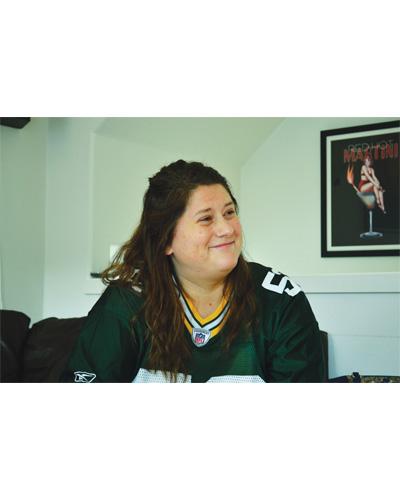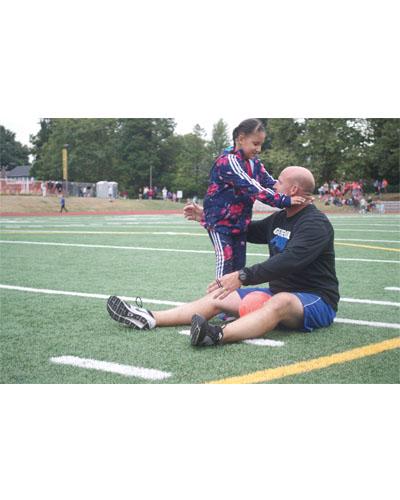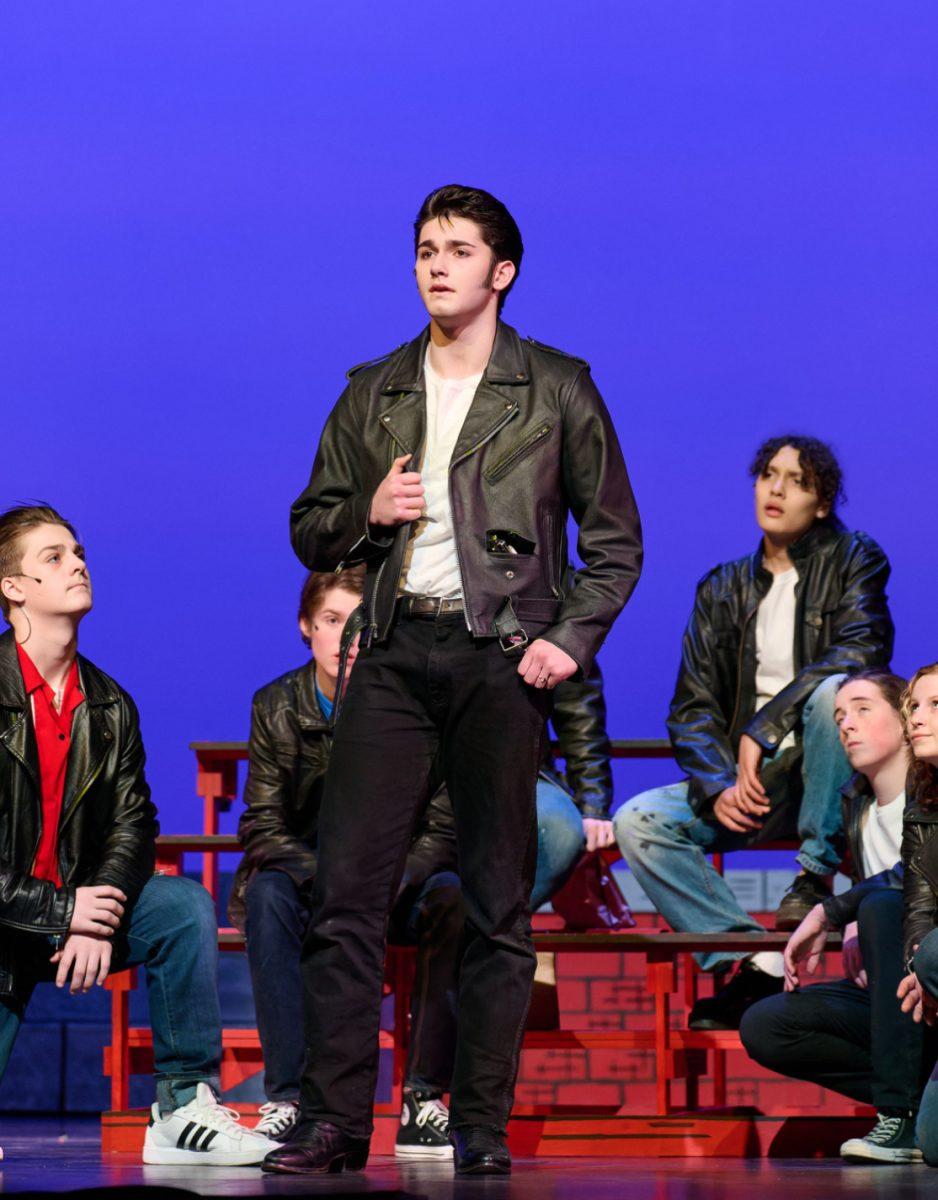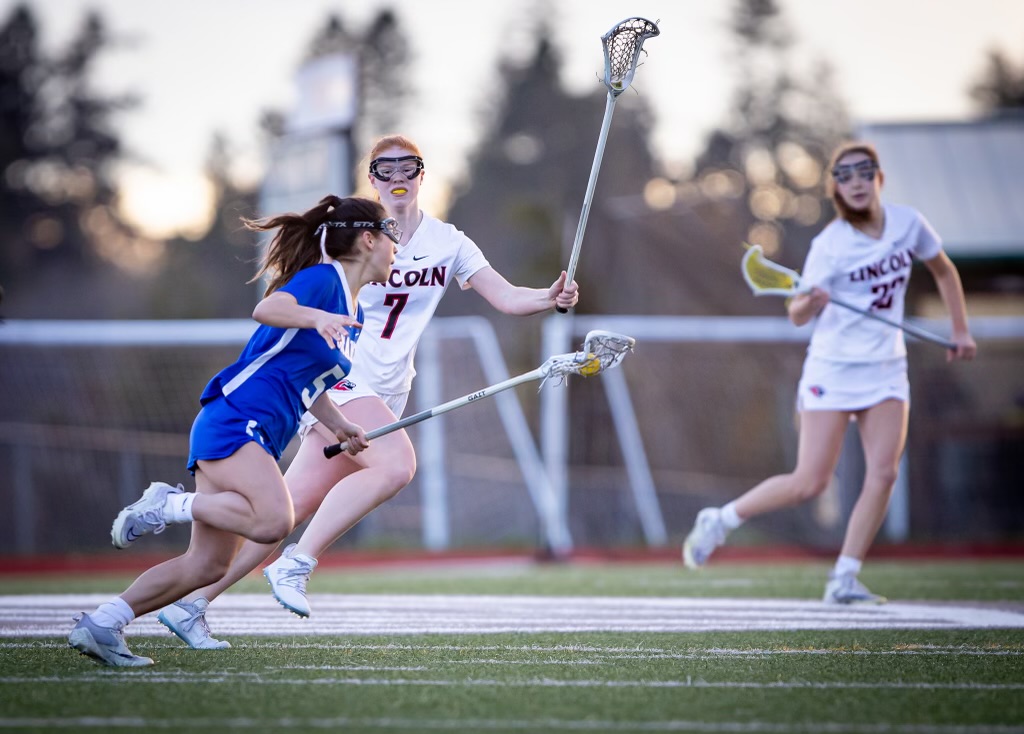The N-Word Special Report: Chapter I
[aesop_parallax img=”https://grantmagazine.com/wp-content/uploads/2016/02/Lede-Index-3.jpg” parallaxbg=”on” caption=”
The Spark
A series of incidents involving students’ use of the N-word pushes Grant High School to a crossroads.
By Lael Tate, Molly Metz and Sophie Hauth” captionposition=”bottom-left” lightbox=”off” floater=”off” floaterposition=”left” floaterdirection=”up”]
Before and after school and in between classes, Grant High School’s center hall has always been abuzz with students meeting up with friends before rushing off to beat the next bell. What stands out, though, isn’t the routine clustering of students, but rather the casual use of the N-word.
It’s thrown around as a greeting – synonymous to “bro” for many – as its relative power, meaning and history are seemingly ignored.
Music containing the word blasts from car stereos and students’ headphones. And even more frequent than the word’s use at school is its use on social media. It hits all digital platforms, from photos and videos on Instagram to the comment sections of Facebook.
Teachers and administrators hear it all the time, but it doesn’t draw the attention that it did in the past. People seem unfazed by its prevalence.
Last year, when a group of white freshman boys went on a social media tirade, using the N-word as their calling card, it began to create a stir. Grant administrators scrambled to deal with the issue, but the result was more of a stifling of discussions around the power of the word than a fostering of meaningful conversations.
Things got worse this past November when members of the Grant boys soccer team jokingly used the word at a group dinner before the state playoffs. Led by a senior, the team used a function on Snapchat that plays videos in reverse.
[aesop_quote type=”block” background=”#282828″ text=”#ffffff” width=”600″ height=”15″ align=”left” size=”2″ quote=” “Reggin,” they said into smartphones as the app replayed their words. “Nigger.”” parallax=”on” direction=”right”]
When a black player on the team complained, the slurs and other comments continued. The black player left the team and administrators hustled to get the coaches, other players and the parents to discuss what happened. School-wide discussions extending beyond the incident are set to happen in March.
What’s happening in the Grant community is a reflection of a nation grappling with an ever-changing population and the fallout of a variety of issues around race. Add to that the historical power of the word, its frequent use among entertainers and a student body that doesn’t know the history, and it’s no wonder that the word continues to spring up so frequently.
And especially at Grant – a school where families say they appreciate the diversity – this word has become an enigma. Lukas Sherman, a white English teacher who tries to bring conversations about race into his classroom, says: “I think in Portland, there’s kind of a myth that we’re sort of this liberal utopia and we embrace everything. But I think there are a lot of tensions under the surface.”
Many students of all ethnic backgrounds say the word freely, excusing its use because of its representation in music and popular culture. Others say they’re taking back the word through an attempt at reclamation. Getting a grasp on the word’s acceptance in high school is tough. It depends on who you talk to.
Kinsley Daniels, a senior at Grant who is African American says: “I don’t think anyone who isn’t black should say it. Also, I feel like black people really shouldn’t, but it’s become kind of communal…there’s like a lot of meaning behind it, but it depends on how you say it.”
Principal Carol Campbell says communication is the key. “The thing about the N-word, I think, is avoiding it is not the answer,” Campbell says. “I think we really need to talk about it. Part of this education and part of these conversations and being comfortable to talk about race is being able to talk about things like that. I’m excited that we are actually doing some things instead of just talking about it.”
Despite the varying opinions on the usage and acceptance of the N-word, by looking at the history one thing is clear: it’s a pejorative and an insulting word created to force slaves into a position of inferiority.
But despite this history, there is no shortage of inflammatory incidents surrounding the word taking place in school settings.
In December of last year, the N-word was found written on the wall of a boy’s restroom at Beverly Cleary School, a predominantly white elementary and middle school that is a five-minute walk from Grant and feeds into the high school.
For the principal Teri Geist, who is white, the staff and the students, it was a wake-up call. They were shocked. “When the teachers, especially the middle school teachers, brought that up to their students…just humongous disappointment among the kids,” she says.
On top of that, they realized that many of the boys on the Grant soccer team had attended Beverly Cleary. “When the staff heard about the incident at Grant with the soccer players and realized that many of the children in that incident were Beverly Cleary kids, it was another hit,” Geist says. “We think when we train, when we have open discussion and we talk to kids about how you treat people and you talk about race…our kids weren’t allies? They participated? It was very disappointing.”
[aesop_content color=”#ffffff” background=”#000000″ width=”500px” columns=”1″ position=”left” img=”https://grantmagazine.com/wp-content/uploads/2016/02/nigger1.png” imgrepeat=”no-repeat” floaterposition=”right” floaterdirection=”up”]
These events are not isolated to the Grant community. In late January, six white girls who are students at Desert Vista High School in Phoenix, Ariz. posted a photo to Snapchat of themselves spelling out “NI**ER” on their T-shirts . The letters were originally a part of the class slogan for a senior class photo. There was some backlash from the local media, but the girls claimed they were not racist and walked away largely unscathed.
[/aesop_content]
Grant senior Alejandro Morales, who is Hispanic Latino and attended the same Arizona school for a little over a year, says: “I’m not very surprised, in all honesty. It’s a very predominantly white school, and it’s a very affluent school, as well…(the N-word) was used a lot; it was used, to be honest, more in the white community than it was in the black community.”
As events such as these seem to only be increasing in the high school setting, Campbell and her staff had no choice but to act, deciding that schoolwide discussions on race were necessary.
“I think the incident with the boys soccer team was something that was probably needed,” says Marty Williams, Grant’s restorative justice coordinator, who is black. “It was something that was unfortunate, but I think that it was needed to help people understand that it is important. It’s not a negative thing to talk about race.”
As the administrative team began planning the discussions, they spent time building a core group of leaders and centered meetings around self-reflection.
Julie Palmer, who is African American, is a teacher on special assignment for the Equity Department with Portland Public Schools. She plays an integral part in the planning of the meetings. “Every individual needs to be reflective and be open to hearing from other people how their practices are working and how they are not working,” Palmer says, “people in education need to be able to own imperfection and engage in making shifts in practice in order to intentionally meet the needs of students of color.”
In recent weeks, the team has moved into planning the logistics of the event, taking the process one step at a time. They all acknowledge it is uncharted territory.
Vice Principal Diallo Lewis, who is black, says: “No one’s doing this and no one has done this, so there’s really no blueprint for it. That’s why I think we have got to be really thoughtful in what we do.”
The event, which will consist of classroom discussions and will culminate with a school-wide assembly, is scheduled for this this month.
Given the administration’s inconsistent history of handling incidents surrounding race, there’s a lot at stake. But teachers and administrators are confident these discussions are imperative and will have a positive impact.
“My personal experiences as a student, as a mother and as an educator lead me to believe that we have gone way too long ignoring race as a factor in education,” Palmer says. “Until we are willing and able…to own that and engage in trying to rectify that and being open to hearing a new perspective and incorporating other perspectives into our practice, we are not going to impact the school experience for students of color.”
Campbell remains upbeat about the prospect of holding the talks and thinks the school will be better off. “We still have a lot of work to do; I don’t think we’ll ever be done,” she says. “It’s something you constantly work on. I’ve been in education for 32 years and…this is by far the farthest along that we’ve ever been.” ◊











